All of these accomplishments certainly qualify as knowledge, and highly refined knowledge at that, based on close observation, seasoned judgment, and subtle inference. Their accuracy, reliability, and utility are not in doubt; their rationality in matching means to ends is indisputable. But is it the same kind of rationality exemplified in a mathematical demonstration, a precise measurement under controlled laboratory conditions, solving a game-theoretical matrix, making an anatomical image, or constructing the stemma of an ancient text? Is there any common denominator that links all of these rational practices, which cut across divides of head and hand, science and knowledge, the natural and the human sciences?
These are the kind of questions that have shaped the research program of Department II since 1995. Dedicated to understanding the “Ideals and Practices of Rationality,” Department II has for the past 24 years probed the forms of rationality using historical, cross-cultural, and cross-disciplinary comparisons. The retirement of Director Lorraine Daston in June 2019 has brought the work of the Department to an end. What have we learned about rationality?
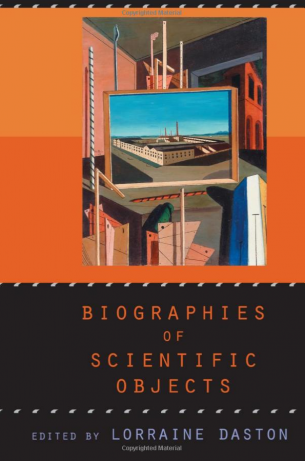
Daston, L. (Ed.). (2000). Biographies of Scientific Objects. Chicago: Chicago University Press.
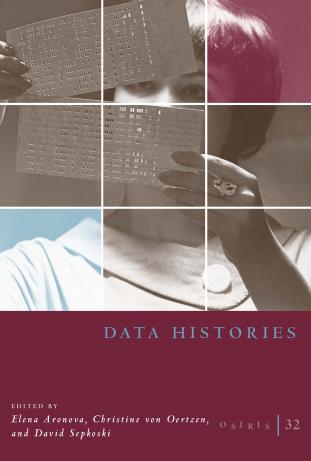
Aronova, E., Oertzen, C.v., & Sepkoski, D. (Eds.). (2017). "Data Histories "[Special Issue]. Osiris, 32.
First, giving an apparently timeless concept like rationality a history means first confronting the extraordinary variety of forms it takes. What a philosopher might regard as conceptual incoherence is a windfall for the historian. Variety points to different histories and different epistemic goals. Department II Working Group volumes such as Biographies of Scientific Objects (2000), Histories of Scientific Observation (2011), and Data Histories (2017) document the diversity of forms of rationality embodied in scientific experience and the contexts in which they first arose. Some forms emerge very early and endure very long, such as the regimes of systematic astronomical observation initiated in ancient Mesopotamia and China or clinical observation in ancient Egyptian and Greek medicine; others, such as the chemical assay, the sociological survey, or the randomized clinical trial, emerge much later, and new forms are still emerging, such as the computer simulation and Big Data mining.
These diverse histories leave deep traces in current scientific practice. Although all of these forms of experience, systematized by method and reflection, are undeniably rational, their different histories make integration challenging: how, for example, to integrate the results of clinical observation and randomized clinical trials in medicine, or physical and statistical models in meteorology? Even within more formal sciences particular historical circumstances can generate divergences: for example, the Working Group volume How Reason Almost Lost Its Mind: The Strange Career of Cold War Rationality (2013) showed how the nuclear stand-off between the United States and the Soviet Union during the Cold War fostered a rationality of rigid rules at odds with traditional ideals of reason and judgment.
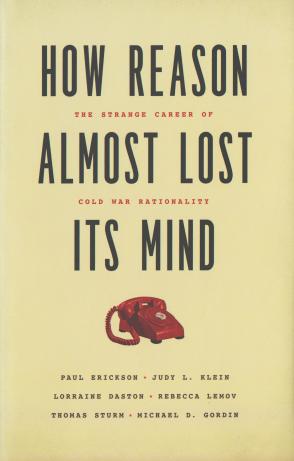
Daston, L. (Ed.). (2013). How Reason Almost Lost its Mind: The Strange Career of Cold War Rationality. Chicago: Chicago University Press.
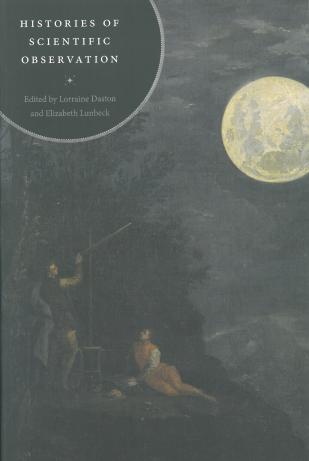
Daston, L., & Lunbeck, E. (Eds.). (2011). Histories of Scientific Observation. Chicago: University of Chicago Press.
Second, this kind of history forces a rethinking not only of the chronology and geography but also of the shape and subject matter of the history of science. In the past 30 years, the history of science has been transformed by a focus on context and practice. The work of Department II is deeply indebted to this turn. But the local contexts, often defined by the standard subfields of general history (themselves the products of nationalist historiographies), are a bad fit for the slow, sprawling history of rationality, which spans continents and centuries. Working Group volumes like The Moral Authority of Nature (2004), Science in the Archives (2017), and Entangled Itineraries: Materials, Practices, and Knowledges across Eurasia (2019) therefore framed their topics within long timelines and broad geographies that deliberately cut across traditional specialties in history and the history of science.
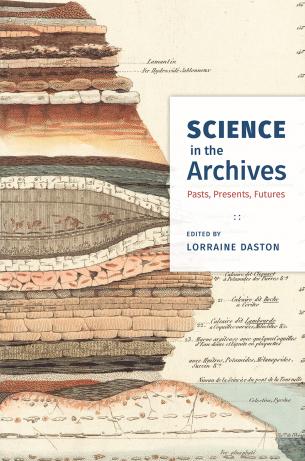
Daston, L. (Ed.). (2017). Science in the Archives: Pasts, Presents, Futures. Chicago: The University of Chicago Press.
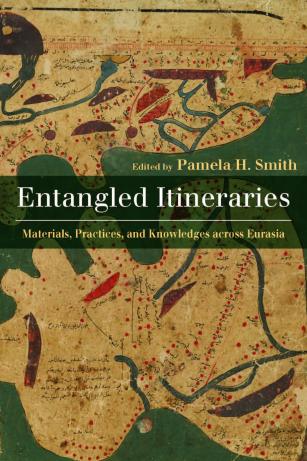
Smith, P.H. (ed.). (2019). Entangled Itineraries: Materials, Practices, and Knowledges across Eurasia. Pittsburgh: University of Pittsburgh Press.
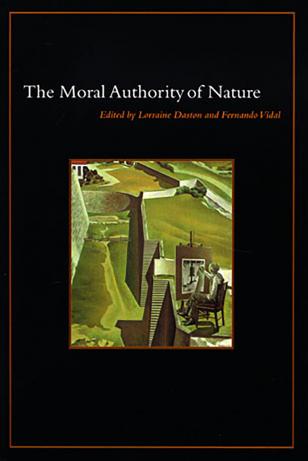
Daston, L., & Vidal, F. (Eds.). (2004). The Moral Authority of Nature. Chicago: Chicago University Press.
Other Working Group volumes such as Historia: Learned Empiricism and Erudition in Early Modern Europe (2004), Canonical Texts and Scholarly Practices: A Global Comparative Approach (2016), and Histories of Bureaucratic Knowledge (2020) also cut across boundaries between science and knowledge and between the natural and human sciences. All historians of science know that their subject matter, science, is itself a product of history and that different epochs, cultures, and languages define their own versions of the most prestigious form of knowledge in strikingly different ways. Some may value textual erudition; others may favor technological innovation; still others may enshrine theoretical understanding.
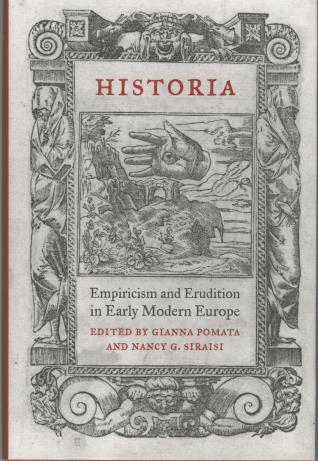
Pomata, G., & Siraisi, N. G. (Eds.). (2005). Historia: Empiricism and Erudition in Early Modern Europe. Cambridge, Mass. [u.a.].
What the history of rationality contributes to this ongoing debate over what the history of science is about are dimensions of comparison that do not presume the perspective of modern science but which are nonetheless undeniably relevant to that perspective. For example, epistemic virtues such as explanatory coherence, continuity of tradition, predictive accuracy, generality, certainty, precision, and objectivity are not always found together, are not always in harmony with each other when they are, may occupy different rungs in a hierarchy of such values depending on context, and all have their particular histories. These epistemic virtues are integral to rationality, but not all of them in equal measure to all forms of rationality. Thinking about these ideals of rationality as well as the practices that instantiate them offers an alternative way of conceptualizing the current wildly asymmetric division between modern science and knowledge, the latter nebulously defined as everything except modern science, from the humanities to ship-building to military strategy.
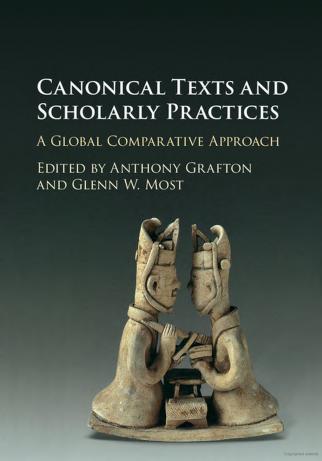
Most, G.W. (2016). Canonical Texts and Scholarly Practices: A Global Comparative Approach. Cambridge: Cambridge University Press.
Third, the history of rationality conceived on this panoramic scale can only be done by a collective. Not all of the almost 1,000 scholars who were part of Department II were members of the Working Groups that produced the volumes that became the Department’s signature publications, but every single one of them contributed to the spirited intellectual community that will live on among the Department’s alumnae and alumni.
About the Author
Lorraine Daston directed Department II (Ideals & Practices of Rationality) between 1995 and 2019. She published on a wide range of topics in the history of science, from miracles, monsters, and scientific virtues in early modern natural science to the history of probability theory, from the moral authority of nature to the history of scientific observation. Daston remains at the MPIWG as Director emerita.
